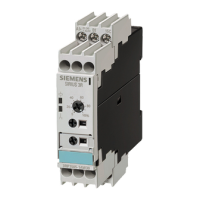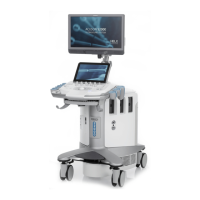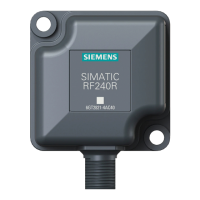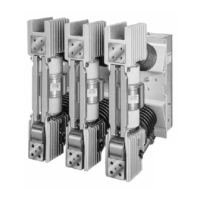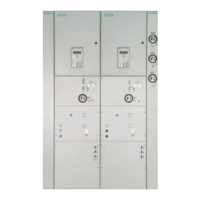Glossary
SIMATIC RF200
354 System Manual, 07/2015, J31069-D0227-U001-A9-7618
In dynamic mode, the data carrier moves past the read/write device at a traversing rate
which depends on the configuration. Various checking mechanisms ensure error-free data
transfer even under extreme environmental conditions. A serial connection (up to 1000 m) is
used to connect the read/write device directly to an interface module, PC, or any other
system.
Electromagnetic compatibility
Electromagnetic compatibility is the ability of an electrical or electronic device to operate
satisfactorily in an electromagnetic environment without affecting or interfering with the
environment over and above certain limits.
Guidelines for electromagnetic compatibility This guideline relates to any electrical or
electronic equipment, plant or system containing electric or electronic components.
Potential differences between different parts of a plant can arise due to the different design
of the plant components and different voltage levels. It is necessary to compensate for these
differences by equipotential bonding: this is done by combining the equipotential bonding
conductors of power components and non-power components on a centralized equalizing
conductor.
Directive for handling ESDs.
See communication modules
The limit distance (S
g
) is the maximum clear distance between the upper surface of the
read/write device and the transponder at which transmission still functions under normal
conditions.
Length of a transmission window in the x direction
Length of a transmission window in the y direction
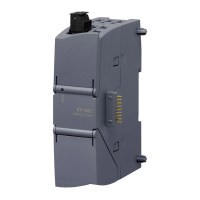
